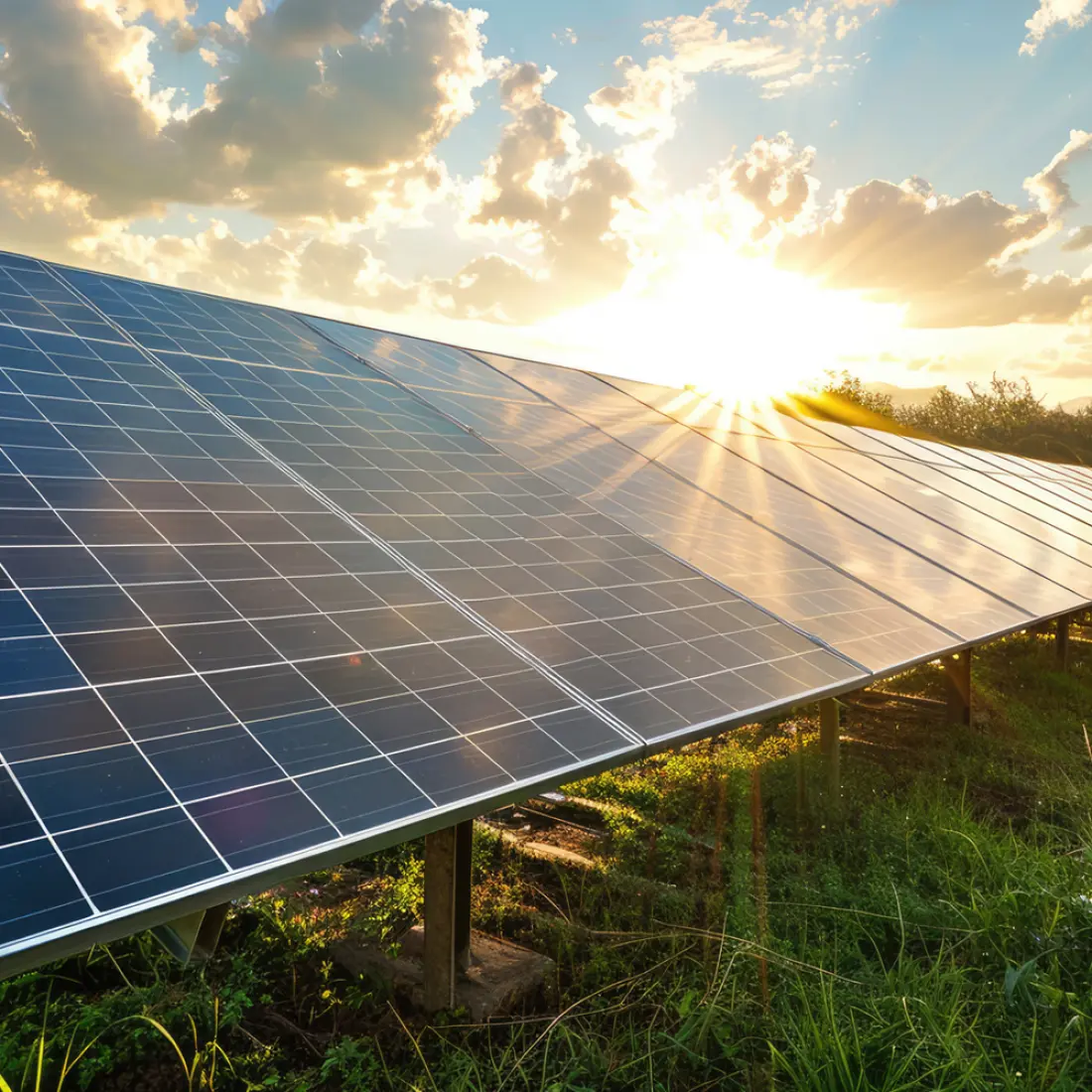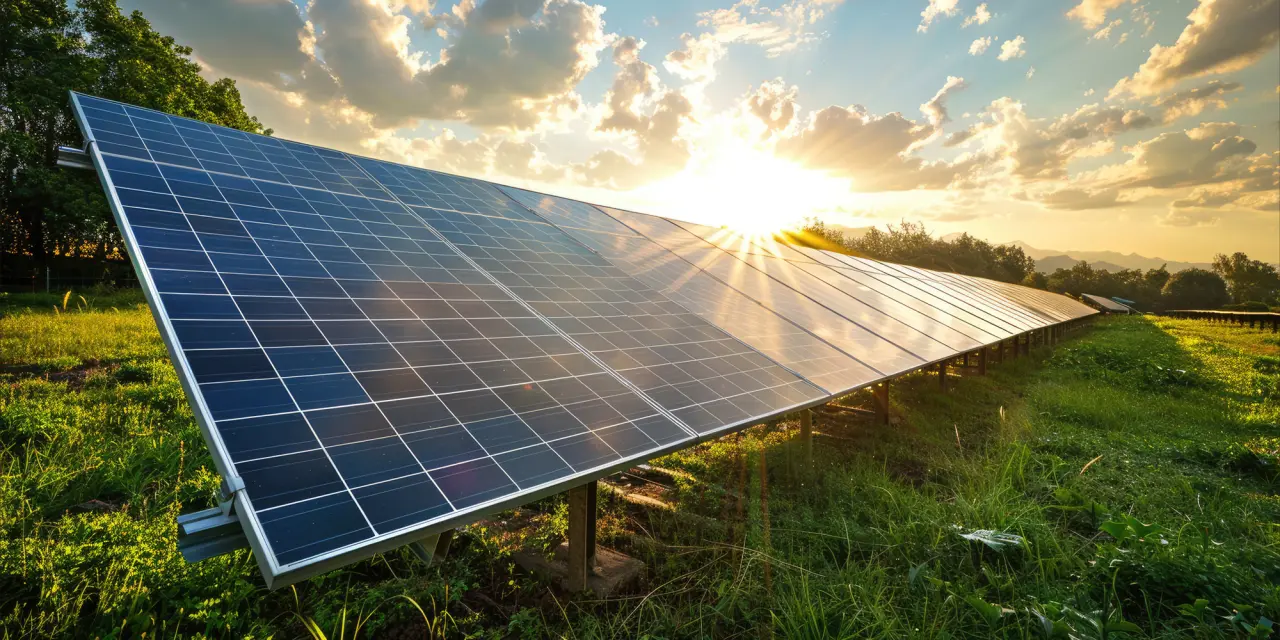CapEx: how can developers reduce it?


Poor cost optimization in the solar development process can lead to significant risks and adverse consequences, such as budget overruns, project delays, and reduced profitability. These financial strains can compromise a project's viability and long-term success.
Therefore, reducing Capital Expenditure (CapEx) becomes crucial, as it can help improve the efficiency of the solar project, ensure financial sustainability, and maximize return on investment. By focusing on CapEx reduction, developers can improve their competitive edge and achieve more favorable project outcomes.
In this article, you’ll learn how to reduce CapEx effectively through strategic approaches. We will present six crucial points worth considering in achieving your cost-saving goals. Continue reading to discover practical insights and actionable strategies to reduce CapEx.
What is CapEx?
Capital Expenditure (CapEx) is the money a company spends to buy and improve physical assets like property, industrial buildings, and equipment. CapEx is important for long-term investments and business growth, often involving significant costs that provide benefits over many years.
In the renewable energy sector, CapEx makes up a large part of the total cost for solar engineering projects, including aspects such as:
Initial equipment investments in items, like solar panels, inverters, battery storage, mounting structures, and tracking systems.
Site preparation and development costs include land acquisition, permitting and legal fees, and site preparation.
Engineering, procurement, and construction costs, including labor and engineering fees.
Grid connection fees and transmission and distribution infrastructure costs.
Financial and administrative expenses, such as loans, interest, insurance, and management fees.
Technology and efficiency improvements (R&D investments, upgrade costs).
Regulatory and compliance costs. (e.g., Environmental Impact Assessments (EIA)).
Reducing CapEx in solar development
Reducing CapEx is one primary method of reducing the overall cost of a solar project and subsequently increasing its return on investment. Here are six main aspects worth considering to reduce CapEx significantly.
1. Efficient land use
First, advanced software tools for site assessment maximize the use of available land. A well-optimized layout optimizes the land required for energy production units, reducing land acquisition costs.
PVcase Prospect and PVcase Ground Mount tools will cover you here. With PVcase Prospect, you perform a detailed Site Selection analysis and choose the most suitable land for your solar project.
In the next stage, PVcase Ground Mount will help you create optimal designs. The tool's innovative algorithms guarantee speed and precision in the design process and will help to achieve the maximum results for your solar plant.
2. Innovative financing solutions
Use solar power purchase agreements (PPAs) to reduce upfront CapEx. PPAs allow third-party investors to cover the initial installation costs, with the solar engineering company or end-user agreeing to purchase the electricity generated at a predetermined rate. Also, consider leveraging government incentives, tax credits, and grants available for renewable energy projects. These financial aids can significantly offset the initial capital costs.
3. Improving construction efficiency
Pre-assemble components off-site to reduce on-site labor costs and construction time. Prefabricated mounting structures, for instance, can be quickly installed, minimizing disruptions and potential delays.
You should also invest in workforce training to enhance productivity and reduce errors during installation. A skilled team equipped with the right software tools can significantly enhance project completion speed and efficiency, thereby reducing labor expenses. This makes it an indispensable resource for companies operating within, for example, the Engineering, Procurement, and Construction (EPC) sector.
PVcase, again, can provide significant upskilling options with initiatives like PVcase Academy, frequent webinars, customer support, and a help center. Find out more in our training and upskilling e-book, which covers the training possibilities we provide to our clients.

4. Consider maintenance and operational costs
Implementing predictive maintenance strategies using IoT and data analytics prevents costly downtime and extends the lifespan of the equipment. Early detection of potential issues can save significant repair and replacement costs in the long run.
Continuous monitoring of system performance can help identify inefficiencies and areas for improvement, ensuring the system operates at optimal levels and thereby reducing operational costs.
Data loss that occurs when data is transferred across different systems and formats is another frequent issue of poor ROI and resulting underperformance. You can reduce data loss by employing PVcase products — Prospect, Grount Mount, Roof Mount, and Yield — to help developers avoid data degradation or loss when switching platforms.
5. Technology and equipment choices
Investing in high-efficiency solar panels, such as monocrystalline or bifacial panels, is another option to explore when cutting down your CapEx. Although the initial cost may be higher, the increased energy output can reduce the number of panels needed, lowering overall installation and maintenance costs.
Moreover, it would help if you chose inverters with high reliability and longer lifespan. Central inverters are typically cheaper on a per-watt basis than microinverters, though the latter can offer system resilience and efficiency benefits.
We also strongly advise entering into bulk purchasing agreements with manufacturers for solar panels, inverters, and other equipment. Large-scale procurement can lead to significant discounts and lower per-unit costs. Source materials and equipment locally to reduce transportation costs and import tariffs where possible. This also supports the local economy and can expedite delivery times.
6. Regulatory and permitting efficiency
Another good strategy is working with local authorities to streamline permitting and regulatory approval processes. Precise and efficient procedures can reduce the time and costs of obtaining necessary approvals. Moreover, it ensures compliance with industry standards and regulations to avoid fines and additional costs associated with non-compliance.
Conclusion
Reducing CapEx in solar engineering requires a multifaceted approach. Solar engineering companies can significantly lower their capital expenditures by focusing on proper land use, technology and equipment choices, financing solutions, construction efficiency, and regulatory efficiency, making solar energy projects more financially viable and attractive to investors and end-users.
See how you can reduce CapEx with PVcase — schedule a demo with one of our professionals to discover. 👇